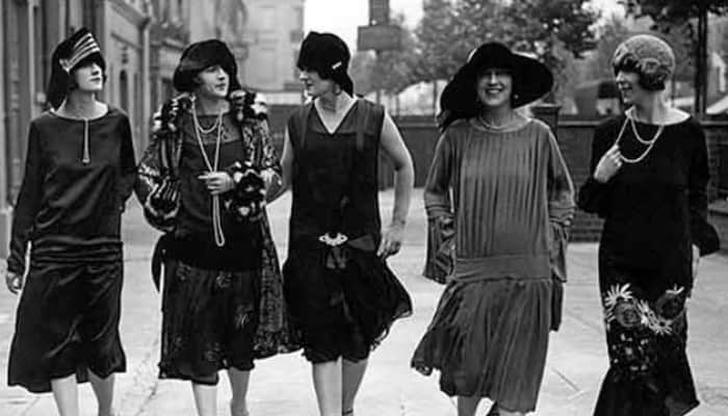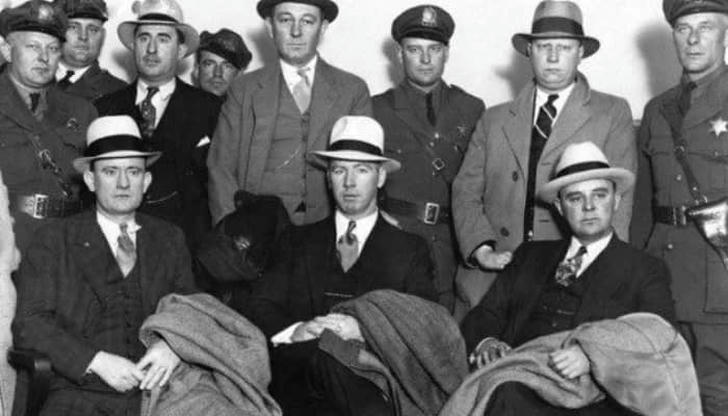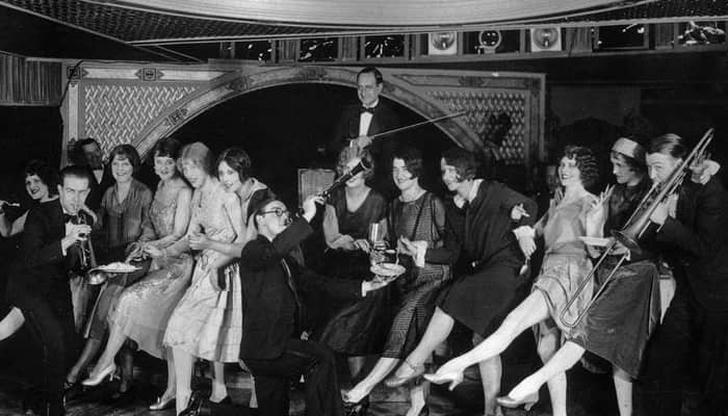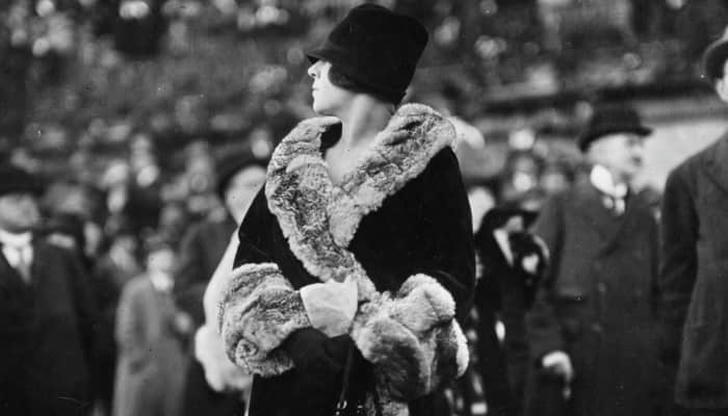1920s Style: A New Perspective on Fashion for the Era
Have you ever pondered the attire of your great-grandmother for a Friday night out? Or maybe the workwear of your great-great-grandfather? Fashion during the 1920s presented a stark departure from contemporary styles. It carved its niche distinct from the fashion of the 1950s, '70s, and subsequent eras. This era embraced a shift towards casual elegance with hints of opulence and allure. Explore the transformation of style in America post-World War I and delve into the wardrobe choices of both women and men during this epoch—perhaps even those of your own ancestors.
What Women Wore in the 1920s

If you've ever come across images of women's fashion from the 1920s, chances are you'll recognize several key elements of the wardrobe from that era:
Flowing, loose-fitting dresses
Elegant long pearl necklaces
Stylish fur wrap-style coats
Iconic cloche hats
The footwear for women also underwent a significant change during the 1920s, with the Mary Jane shoe gaining popularity over the Edwardian-era Oxford shoe. This shift to footwear with lower heels, offering more comfort and freedom, was a natural progression reflecting the evolving casual look of women's style in the 1920s.
The era bid farewell to the corsets and constrictive fabrics of the past. For women, the 1920s symbolized a movement towards freedom of expression and a prioritization of liberation over tradition. This shift is vividly portrayed in F. Scott Fitzgerald's renowned novel "The Great Gatsby," where 1920s fashion for women was depicted as vibrant, spirited, and liberating.
What Men Wore in the 1920s

Similar to women's fashion in the 1920s, men's style underwent a significant shift. While men's fashion of the era may not have been as flamboyant as women's, it embraced a notably more relaxed approach. Gone were the days when men were expected to don formal suits constantly; instead, they began incorporating sportswear and casual attire into their wardrobes. Sweaters, looser-fitting pants, and caps emerged as options for men to express their individuality.
However, this shift didn't diminish the popularity of suits. On the contrary, the three-piece suit remained a staple choice for formal occasions in the 1920s. Patterns and materials played a crucial role in elevating the otherwise simple style of these suits, with many men opting for tweed, wool, plaid, or pinstripes on their blazers and trousers. Additionally, high-rise cuffed trousers became a notable feature of men's fashion during this decade.
The Most Popular Dress of the 1920s

The 1920s witnessed the rise of the iconic flapper style, characterized by the flapper dress, which remains renowned to this day. With the increasing urbanization of America, more women joined the workforce. While owning a car was beyond the financial means of most everyday women, many could still frequent dance halls and engage in dancing.
The term "flapper" referred to a young woman who defied the social norms and taboos of the time, which dictated conservative dress and abstention from alcohol. Flappers adopted distinct fashion choices from previous generations, including shorter skirts and bobbed haircuts. They embraced a socially daring lifestyle that many viewed as scandalous or outrageous, engaging in activities such as dancing the Charleston, smoking cigarettes, and driving cars.
The fashion of flappers has seen a resurgence in popularity in the modern age, often recreated for parties or Halloween costumes due to its distinct and recognizable style. Flappers typically wore straight-silhouetted, sleeveless dresses, often adorned with bedazzlement or tassels to add flair to the simplicity of the design. These dresses featured much shorter hemlines compared to those worn in previous decades, further emphasizing the edgy and rebellious nature associated with flappers.
Black women also embraced the flapper style, albeit with some variations. They opted for dresses with higher hemlines and lower-cut necklines. Jazz vocalists performing in Harlem clubs were particularly noted for their adoption of the flapper aesthetic, donning cocktail dresses adorned with large earrings and fur collars.
The Modern-Day Impact of 1920s Fashion

The impact of past decades' fashion evolution on contemporary clothing might not always be apparent. However, examining these shifts through historical documents and records reveals the deep roots of current fashion trends in American history.
The essence of 1920s fashion, particularly in women's attire, continues to resonate today. The 1920s marked a significant moment for women's economic independence and rebellion, as reflected in their fashion choices. The embrace of looser-fitting garments and shorter hemlines, born out of this newfound freedom of expression, persists in modern women's dresses, shorts, and even shirts.
Moreover, the 1920s witnessed the rise of sportswear as a staple in everyday attire for both men and women, spanning from tennis outfits to swimwear. Fast forward to the 2020s, and this trend has reached unprecedented heights. The American affinity for athleisure has spawned an entire sector within the fashion industry, indicative of the enduring influence of 1920s fashion on contemporary style.

